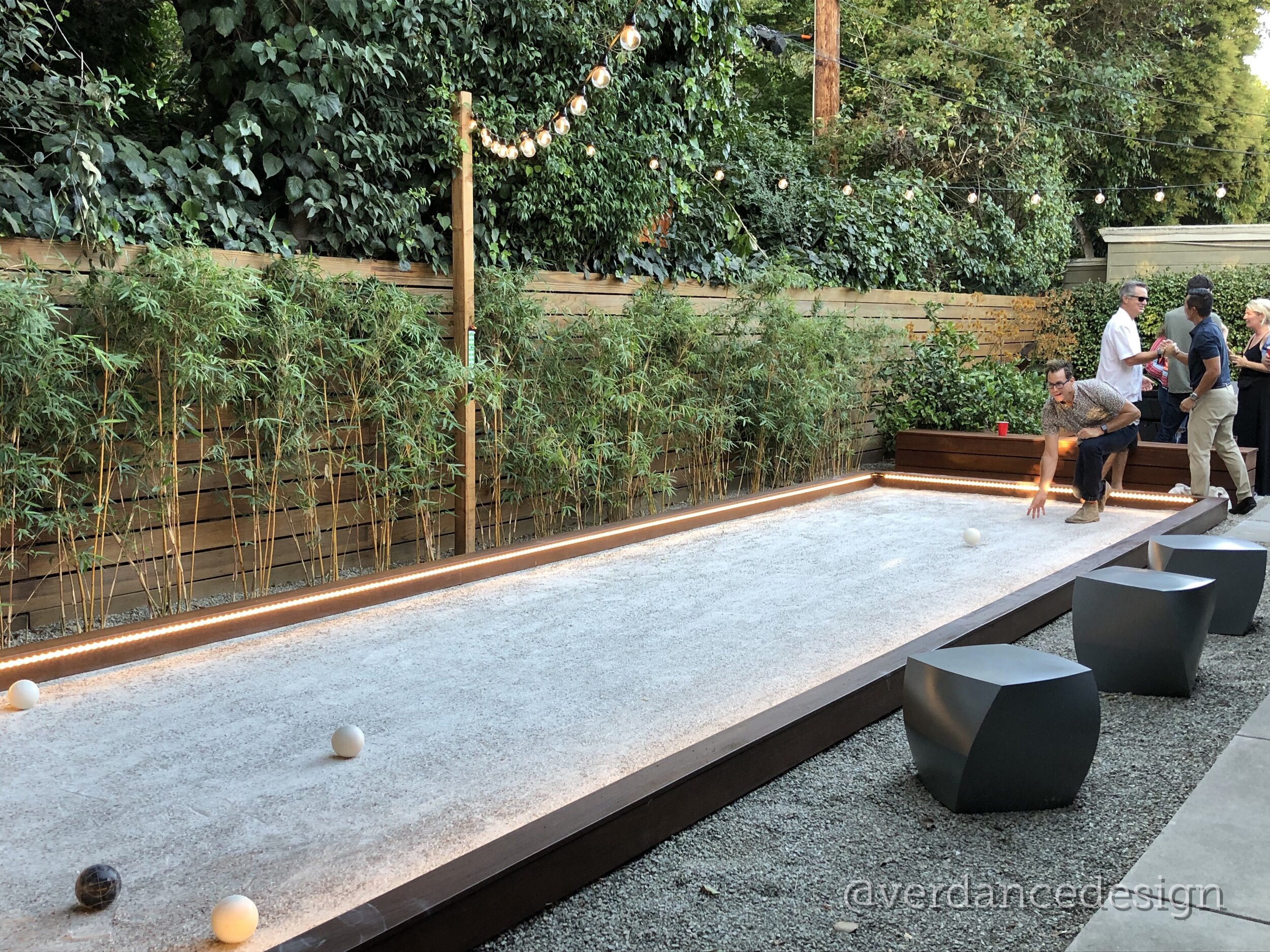Determining the Landscaping Budget
Determining a budget is one of the most challenging aspects of a new landscaping project… and yet one of the simplest.
Landscape architects are keenly aware that the most precious benefits our work creates—beauty, enjoyment, wellness—are qualitative, not quantitative. Trying to assign a value to the joy of eating homegrown apples is, well, fruitless. And while most architects can reasonably estimate a cost per square foot because construction methods and finishes are reasonably standardized, landscaping comprises numerous critical variables that will have a significant impact on costs: the same patio may be hardscaped with expensive natural stone, inexpensive precast pavers, or poured concrete at any number of price points. Plants may be purchased in smaller sizes, or reduced quantities, without critically wounding the design. The landscape lighting may be installed with fewer fixtures, or less expensive ones, or may be deferred entirely if necessary—a strategy unavailable to the home builder.
A bocce court may be an extravagance in the landscape… or a necessity.
Some sources advise investing 10% of a home’s value into the landscape (a figure based on the average sale prices of well landscaped homes versus poorly landscaped ones). In our service area, which includes three of America’s ten "most expensive ZIP codes" (Atherton, Palo Alto, and Los Altos), that amount can easily surpass half a million dollars. For most of us that’s an eye-popping number. And yet… it’s not entirely unreasonable. These are estates with larger areas to landscape, and the scope of their landscape designs usually includes high-value custom features such as swimming pools and pergolas. Plus, in these markets it’s not just the home that is expensive: the entire cost of living scales up, including construction labor and materials, exacerbated by the law of supply and demand as a relatively large number of affluent home owners competes for the expertise of a relatively small number of highly skilled contractors.
Other methods of devising a budget include cost-per-square-foot estimations, line-item calculations, and plain old “in my experience…” gut feelings. Yet while any of these metrics may yield a valid opinion of probable cost, none of them matters in budgeting if the number makes the owner’s neck tighten. And therein lies the simplicity of project budgeting: the true budget for a given landscape design is simply how much the owner is willing to spend on their project, or is able to spend without losing sleep.
The landscape designer thus owns the vital role of reconciling the owner's budget against their wish list. “How much are you prepared to invest in this project?” is a question we ask every prospective client early. We know it’s a bit disconcerting, and usually asked before we are fully trusted, but it’s critical information for the conversation that will follow. We also know their number may be understated at first, and that it may change as the process moves forward. That’s all okay: those are the owner’s prerogatives and choices. Our hope is to spare our client from the crushing disappointment that comes with receiving an ingenious landscape plan that elegantly fulfills their fondest hopes… then learning it will be impossible to install.
No matter how it is originally determined, we work closely with each of our clients to monitor and refine their budget as the design program, preliminary design, and pricing estimates come into focus. Then, as we proceed into the design development and construction phases, we all can make decisions with full awareness of their impact on the budget. True, the landscape architect’s expert guidance adds to the project’s cost—but in return will deliver value, both qualitative and quantitative.
Priceless.

